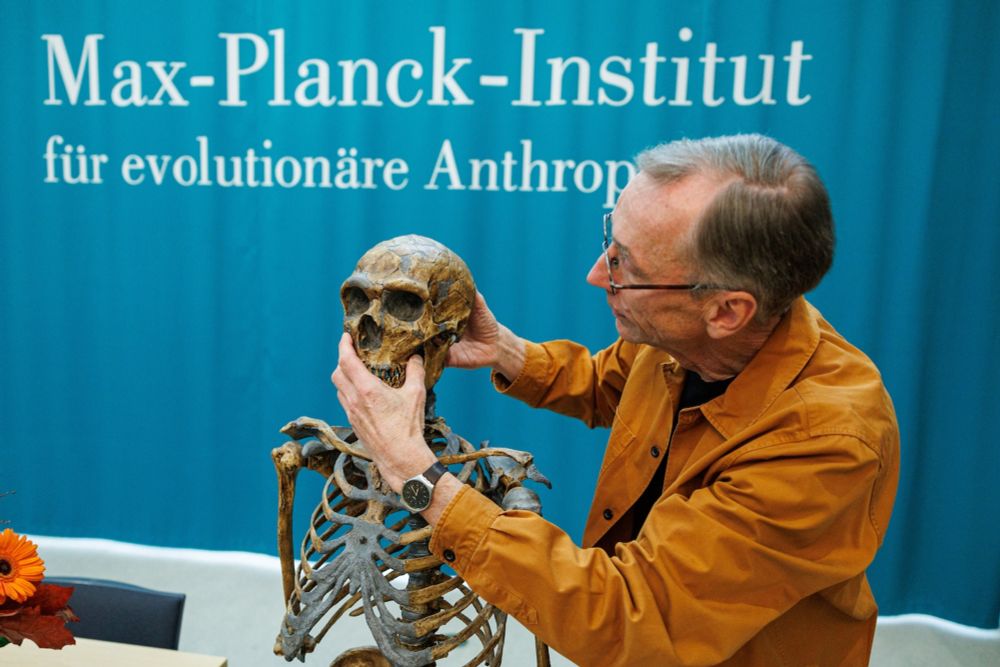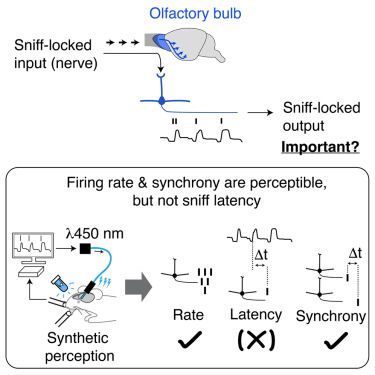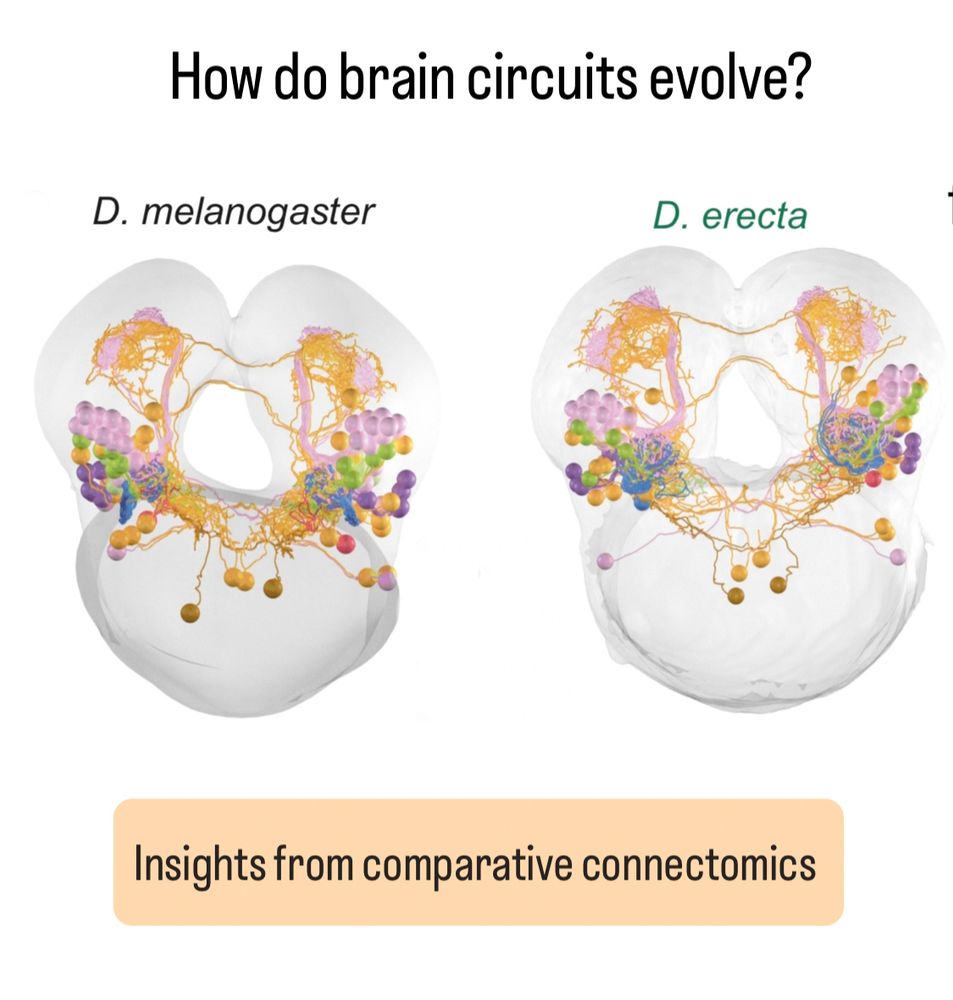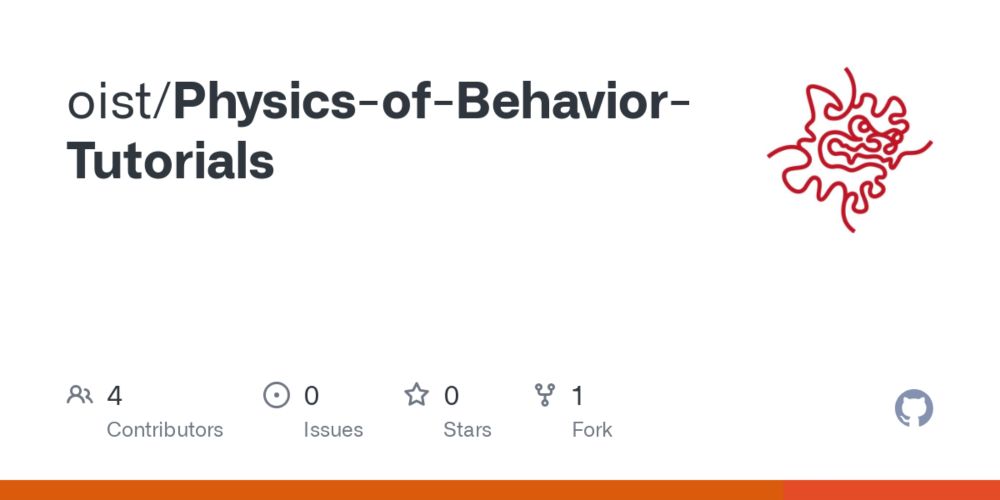
Independent researcher fellowships (non-tenure track) at OIST, with a focus on broadly defined theory www.oist.jp/research/bur...
30.10.2025 01:38 — 👍 5 🔁 8 💬 0 📌 0@ifukunaga.bsky.social
Neuroscientist with interests in olfaction, circuits, neurophysiology of behavior, and more. Associate professor at OIST. Profile: https://www.oist.jp/research/research-units/sbn/izumi-fukunaga Lab: https://www.oist.jp/research/research-units/sbn

Independent researcher fellowships (non-tenure track) at OIST, with a focus on broadly defined theory www.oist.jp/research/bur...
30.10.2025 01:38 — 👍 5 🔁 8 💬 0 📌 0
🧠 The Lipid #Brain Atlas is out now! If you think #lipids are boring and membranes are all the same, prepare to be surprised. Led by @lucafusarbassini.bsky.social with Giovanni D'Angelo's lab, we mapped membrane lipids in the mouse brain at high resolution.
www.biorxiv.org/cgi/content/...
📣If you are attending #SfN in San Diego this year, make sure to stay until the end.
Sonja Hofer @sonjahofer.bsky.social from @sainsburywellcome.bsky.social will give a ✨special lecture ✨on Wednesday 19th Nov, 10:30-11:30 🗓️
Not to be missed!!
www.sfn.org/meetings/neu...
Lots of exciting clinical PhD projects at Crick - including the opportunity for neurosurgeons to work with us and record electrical activity in patients with neuropixels probes. Please share widely!
01.10.2025 10:08 — 👍 5 🔁 5 💬 1 📌 0
(edited repost) Thrilled to see our computational work on adaptive shaping of behavior (we call it outcome-based curriculum learning) in PLoS Comp Biol! @wl-tong.bsky.social, @gautamreddy.bsky.social & I formalize curricula in any RL task that can be framed as sequential simple-to-complex behavior.
19.09.2025 17:30 — 👍 35 🔁 11 💬 0 📌 0Open faculty positions in Physics at OIST
03.09.2025 10:07 — 👍 3 🔁 1 💬 0 📌 0We watched mice follow scent trails drawn on an “endless” treadmill. By manipulating trail geometry/statistics, perturbing mouse nose & brain, and modeling behavior with a Bayesian framework, we show that mice use predictive (rather than reactive) strategies.
01.09.2025 19:07 — 👍 37 🔁 10 💬 1 📌 1
Humans and Neanderthals are virtually identical at the genetic level.
Scientists are probing the differences to understand why we are here, and they aren’t.

Tiny changes in our brain chemistry sets us apart from Neanderthals and Denisovans – and when introduced into mice, seem to help females compete better for scarce resources 🧠 Read about how ADSL may have influenced our evolution www.oist.jp/news-center/...
05.08.2025 02:44 — 👍 1 🔁 2 💬 1 📌 0
You can read more about it in the press release
www.oist.jp/news-center/...
We don’t yet understand how our findings translate to human behavior and cognition, but hopefully they offer clues to our origins.
Grateful for the opportunity to take part in this fascinating collaborative work and to @oistedu.bsky.social for all the support.
What’s more, another mutation in the non coding region - also positively selected - reduces the ADSL expression in humans. So, reduction in the ADSL activity seems overall beneficial.
04.08.2025 23:42 — 👍 0 🔁 0 💬 1 📌 0Turns out this mutation reduces the stability of the enzyme.
When the “humanised” ADSL was introduced into the mouse, the enzyme substrates increased particularly in the brain, and female mice became adept at accessing a scarce resource (in this case, water in the cage).
ADSL is an enzyme crucial for purine biosynthesis.
As the modern human lineage split from those of Neanderthals and Denisovans, a single amino acid mutation in this enzyme became fixed.
Talking of understanding the brain in the evolutionary context…
We have a new study out, led by Xiang-Chun Ju in Svante Pääbo’s lab at OIST:
The activity and expression of adenylosuccinate lyase were reduced during modern human evolution, affecting brain and behavior
www.pnas.org/doi/10.1073/...
Fantastic to see this collaborative work with Hopi Hoekstra out in Nature (tinyurl.com/3at3zvby). Lead by @felixbaier.bsky.social and @katjareinhard.bsky.social. Not possible without @bramnuttin.bsky.social , Chen Liu and @arnausd.bsky.social.
Excited to see where this work leads.

Great technique from my @crick.ac.uk colleagues in @petrznam.bsky.social lab
Reconstructing neural circuits with barcoded Rabies virus & in situ sequencing
www.biorxiv.org/content/10.1...
Massive congratulations to everyone - predominantly of course @janice-bulk.bsky.social and @sophiesteculorum.bsky.social
11.06.2025 11:28 — 👍 10 🔁 4 💬 1 📌 0Thank you Andreas and also for your very helpful feedback!
13.06.2025 13:43 — 👍 0 🔁 0 💬 0 📌 0P.s., some colleagues in the field consider this study controversial :) We have tried our best to respond to the comments in the limited time we had. We would very much like to hear if others get a different result. An open discourse like that might help move the field forward.
13.06.2025 12:53 — 👍 1 🔁 0 💬 0 📌 0Of course, we have not exhausted all possible ways of activating the olfactory bulb output. The encoding format may well depend on the downstream regions involved. There’s plenty more to do!
Congratulations to Xiaochen Fu and all authors!
What does this mean?
Sniff rhythms may not provide clock-like reference signals in downstream areas.
Rather, with progressive stages of olfactory processing, the system may rely more on firing rates and synchrony, with the sniff rhythm serving a more nuanced, modulatory role.
We found that, when the activity bypasses the olfactory bulb, mice can discriminate between:
✅ spike counts
✅ synchrony
❌ timing relative to respiratory cycle
This result is surprising because sniff-locking is prevalent in the output of the olfactory bulb.

Animals’ sniffing drives rhythmic input to the olfactory system.
How does this timing contribute to perception, especially beyond first steps of olfactory processing?
We tested this using simple closed-loop optogenetics in our new paper: www.cell.com/iscience/ful...

How do brain circuits evolve? We started looking for some answers by using synapse-resolution cross-species comparative connectomics on an entire olfactory circuit 👇
bit.ly/44aVm9E

Our work with Pablo Tano, @hyunggoo-kim.bsky.social Athar Malik, Alexandre Pouget and @naoshigeuchida.bsky.social exploring how dopamine neurons could enable multi-timescale reinforcement learning in the brain is out in @nature.com
www.nature.com/articles/s41...

Read the full research article in Physical Review X: doi.org/10.1103/Phys...
03.06.2025 06:02 — 👍 5 🔁 2 💬 0 📌 0
For students in USA who are affected by the current situation:
OIST Graduate School is accepting special applications right now.
Deadline June 15, 2025
www.oist.jp/admissions/s...

A vital and very enjoyable component of my academic work is teaching students at all levels how to extend the frontiers of knowledge. So I’m pleased to announce a set of Jupyter notebooks organized around our ideas for “physics of behavior”. You can find them here: github.com/oist/Physics...
30.05.2025 07:49 — 👍 14 🔁 4 💬 1 📌 0I really enjoyed this episode. Thank you.
27.05.2025 11:51 — 👍 2 🔁 0 💬 0 📌 0